Let's talk Border Terriers
Intelligent and spirited, the Border Terrier is one tough cookie when it comes to work, and affectionate and loyal when with their human families. While originally country dogs, the Border Terrier adapts well to urban living—provided they get lots of exercise. If you have a garden, even better. But remember, the Border Terrier’s escape talent would make Houdini jealous, so keep them occupied. Outside the garden, the Border Terrier should be kept on a lead. After all, these dogs were bred to keep pace with horses during hunts.
Official name: Border Terrier
Other names: None
Origins: United Kingdom
Border Terrier Dog Food
Drooling tendencies
1 out of 5Shedding Level
3 out of 5Energy level*
5 out of 5Compatibility with other pets
3 out of 5Warm weather?
3 out of 5Suited to apartment living
4 out of 5Family pet?*
4 out of 5Can stay alone
1 out of 5
| Male | Female |
|---|---|
| Height | Height |
| 30 - 38 cm | 30 - 38 cm |
| Weight | Weight |
| 6 - 7 kg | 5 - 6 kg |
| Life Stage | |
|---|---|
| Adult | |
| 10 months to 8 years | |
| Mature | Senior |
| 8 to 12 years | From 12 years |
| Baby | |
| Birth to 2 months | |
Drooling tendencies
1 out of 5Shedding Level
3 out of 5Energy level*
5 out of 5Compatibility with other pets
3 out of 5Warm weather?
3 out of 5Suited to apartment living
4 out of 5Family pet?*
4 out of 5Can stay alone
1 out of 5
| Male | Female |
|---|---|
| Height | Height |
| 30 - 38 cm | 30 - 38 cm |
| Weight | Weight |
| 6 - 7 kg | 5 - 6 kg |
| Life Stage | |
|---|---|
| Adult | |
| 10 months to 8 years | |
| Mature | Senior |
| 8 to 12 years | From 12 years |
| Baby | |
| Birth to 2 months | |
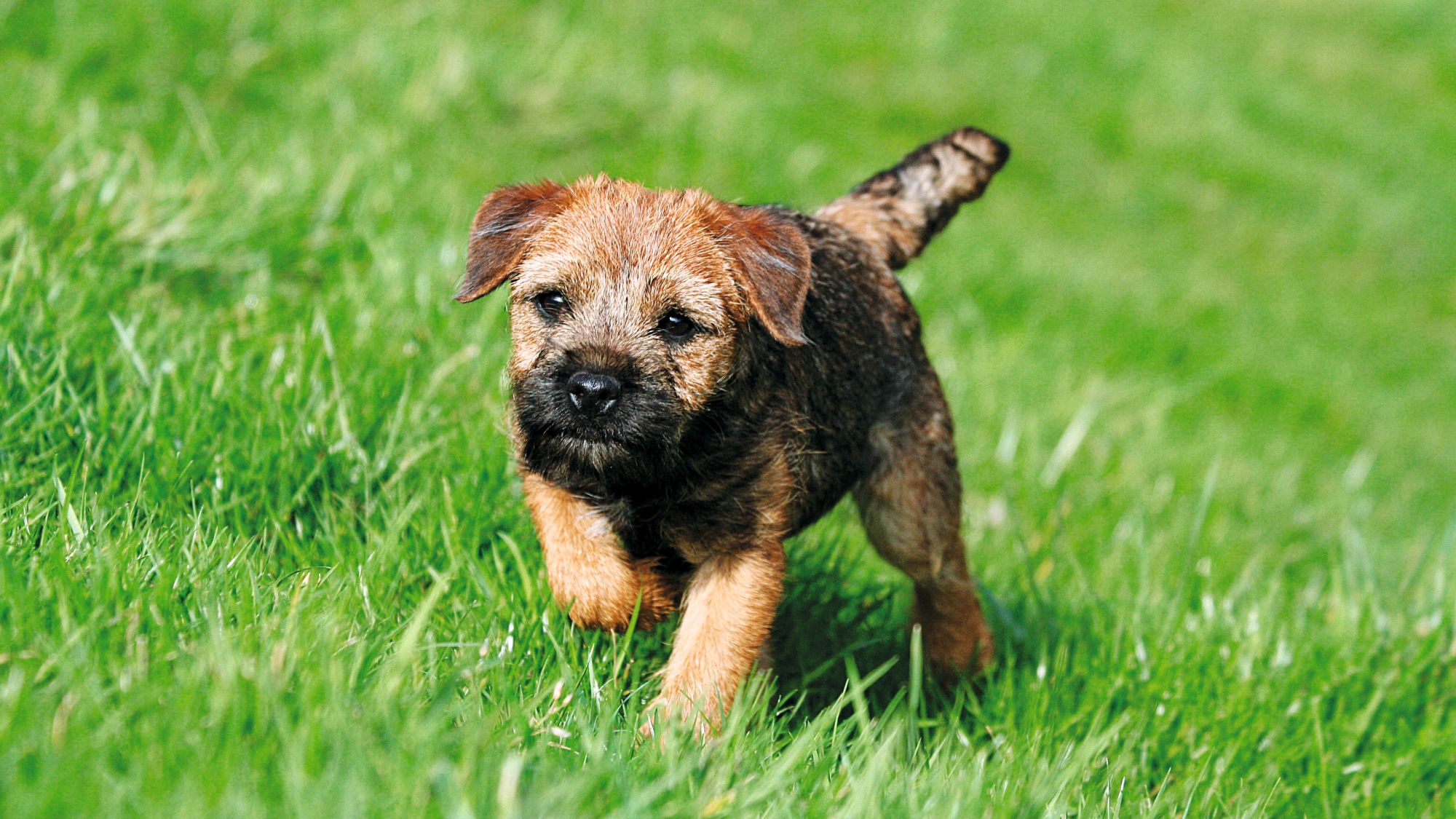
Get to know the Border Terrier
All you need to know about the breed
Looking for buried treasure? Have no fear, the Border Terrier is here! Originating in the Cheviot Hills along the border between England and Scotland, Border Terriers are hardy, fearless, energetic—and really good at digging. Not surprising considering they were specifically developed to flush out foxes. In fact, the Border Terrier’s “otter” shaped head, long legs, and narrow shoulders were quite literally made for keeping up with horses while being able to squeeze into tight spaces in pursuit of prey.
All of this might seem to suggest the breed was destined for hard work; however, the loving, loyal Border Terrier is most content when around people and adapts very well to home life. There are just a few things to consider…
On the easier side of owning a Border Terrier: Their short, wiry coat, which comes in grizzle, tan, wheaten or red, doesn’t require much grooming outside of the seasonal shed. On the less easy side: Border Terriers are highly independent and can be tricky to train. This in combination with a strong prey drive can result in your Border Terrier’s decision to take off in pursuit of a non-canine animal—and your commands might fall behind in the race.
As with most breeds, Border Terriers fare best when given early training and socialisation. Active families ready to invest in plenty of play time, safe walks on the lead, and a secure, fenced garden will find the Border Terrier a wonderful and rewarding pet.
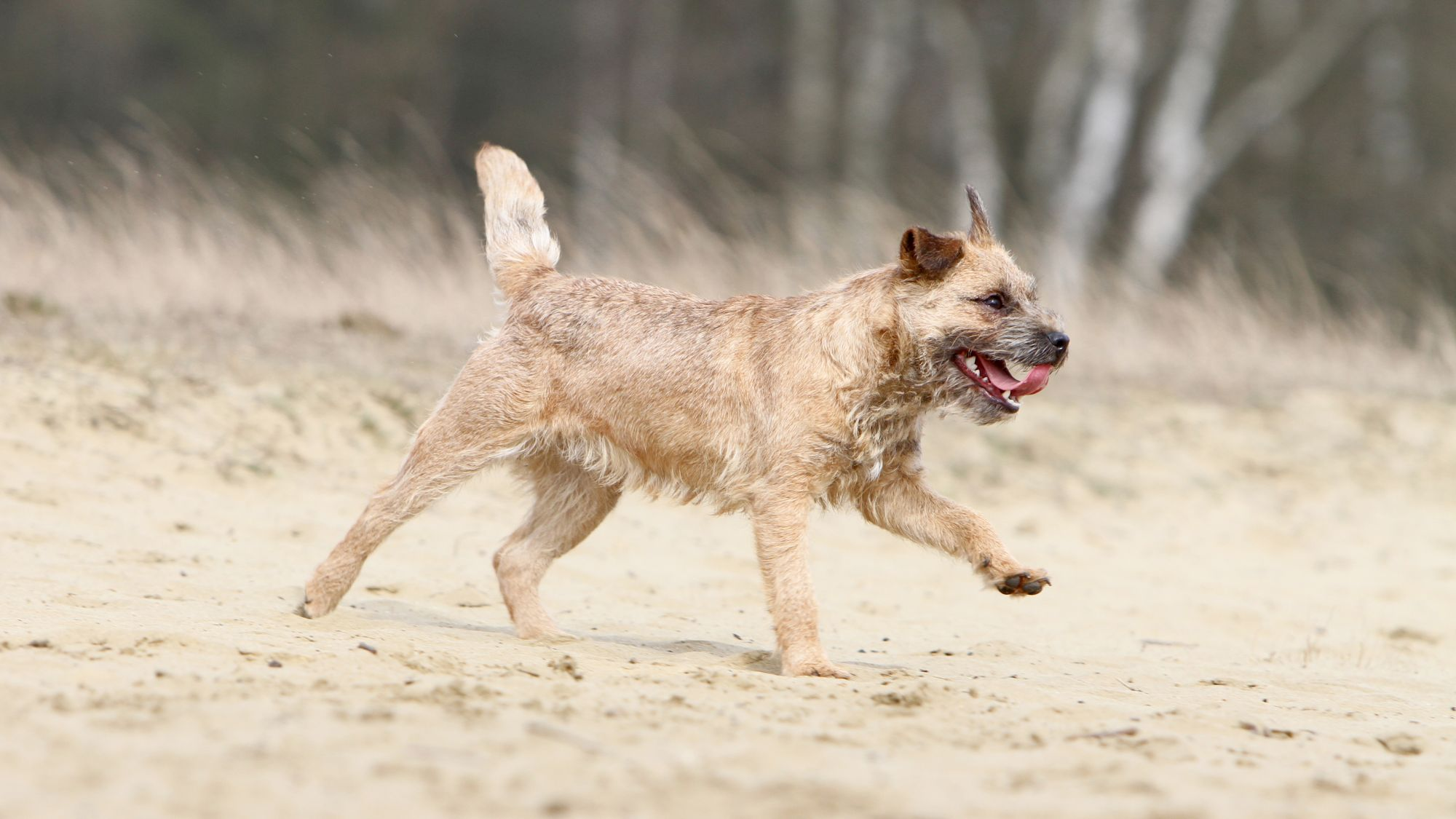
2 facts about Border Terriers
1. Can you dig it?
If you have ever been around a Border Terrier, you have certainly witnessed their penchant for burrowing. Centuries of fox hunting have made the Border Terrier an expert in digging down deep in search of prey, and they have the awards to show it. Border Terriers regularly come out on top in earth dog trials—events designed to test canine digging ability.
2. Didn’t I see you in …?
If you’re a Border Terrier owner, don’t be surprised if people stop to ask your pup this question. The Border Terrier has quite the filmography, having landed roles in big and small screen productions including There’s Something About Mary, Anchorman, Return to Oz, and It’s Always Sunny in Philadelphia. Though often cast as the, ehem, mutt, it’s clear the camera loves these adorable canines.
History of the breed
Possibly one of the oldest terriers in Great Britain, the Border Terrier finds their origins in the border country between Scotland and England. In a region of hills and an often-harsh climate, herders and farmers needed a solution for protecting livestock from their crafty arch nemesis—the fox.
Enter the fearless, hard-working Border Terrier. With legs long enough to keep up with horses, a body narrow and flexible to slip into fox burrows, and a weather-resistant coat, the Border Terrier could soon be found throughout the region—where they largely remained. Because, while the breed enjoyed huge popularity in the border country, the Border Terrier was fairly unknown elsewhere. Aside from frequent appearances at agricultural shows in Northumberland, the Border Terrier stayed off dog enthusiasts’ radars until the early 20th century.
1920 saw the breed recognised by the British Kennel Club, and in 1930, the first Border Terrier was officially registered with the American Kennel Club. While they still enjoy a rather low profile compared to other terriers, the Border Terrier continues to be deeply appreciated by those in the know.
From head to tail
Physical characteristics of Border Terriers
1.Head
2.Eyes
3.Body
4.Coat
5.Tail
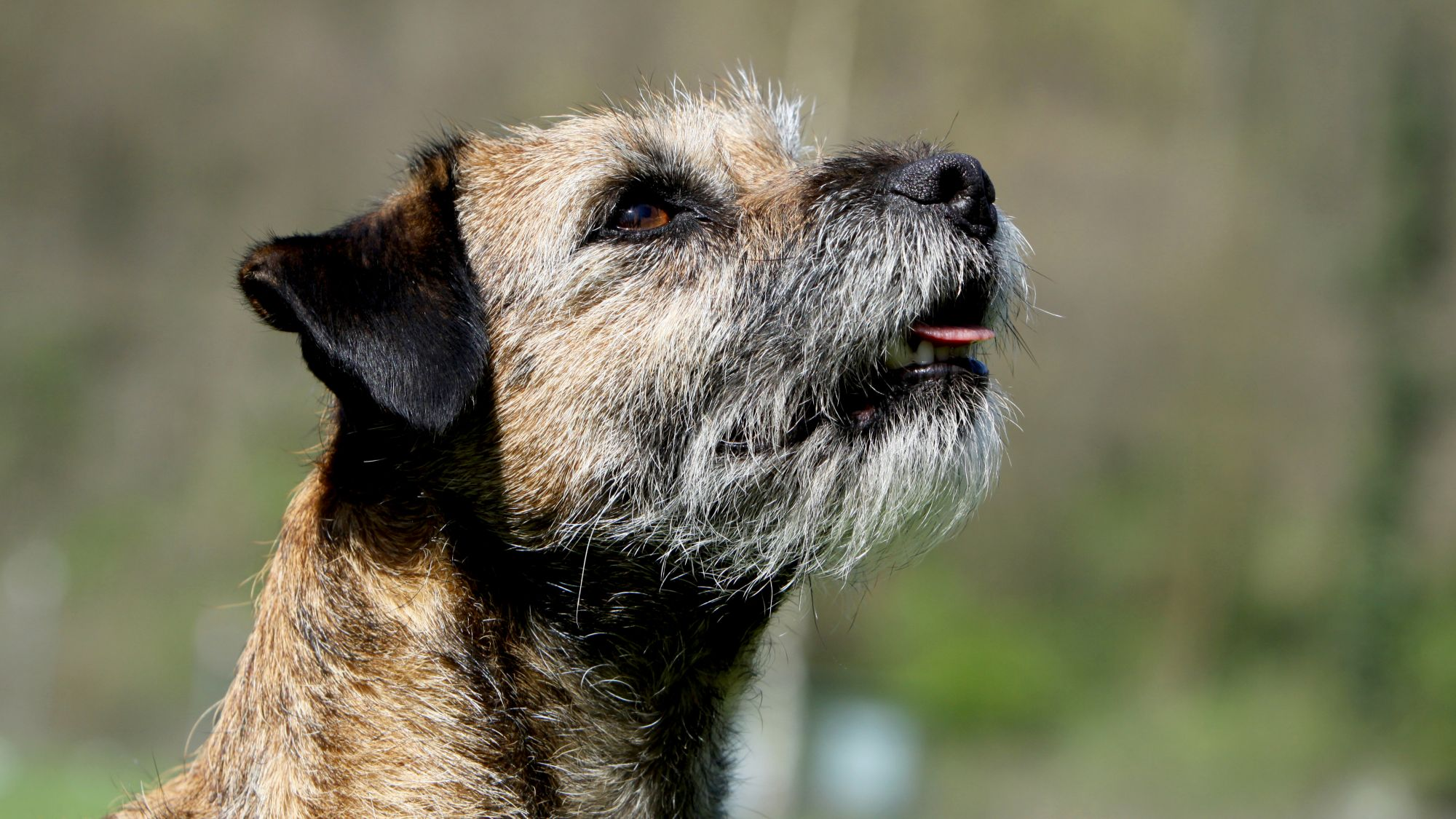
Things to look out for
From specific breed traits to a general health overview, here are some interesting facts about your Border Terrier
When things aren’t where they should be
Many smaller breeds like the Border Terrier have a genetic predisposition for patellar luxation. A luxating patella is a kneecap that moves in and out of its normal position, often causing a dog to walk or run on three legs or skip a step. Severity is graded from Grade I to Grade IV, and while dogs with Grade I patellar luxation can tolerate their condition for years – perhaps even life – those with Grades II-IV are candidates for surgical repair. Make sure to have your vet check your Border Terrier for patellar luxation and, if necessary, prescribe the best course of treatment.
Affairs of the heart
Though generally robust and healthy dogs, Border Terriers have been known to suffer from pulmonic stenosis, a congenital defect causing the narrowing of the valve separating the right heart chamber from the lungs, which can produce a heart murmur. Be sure to check with your breeder to make sure they have no dogs with pulmonic stenosis or any other heart defects in their program. And as always, take your Border Terrier to the vet for a regular check-up to ensure everything’s in best working order.
Healthy diet, healthier dog

When choosing food for a Border Terrier, there are many factors to consider: Their age, lifestyle, activity level, physiological condition, and health including potential sickness or sensitivities. Food provides energy to cover a dog’s vital functions, and a complete nutritional formula should contain an adjusted balance of nutrients to avoid any deficiency or excess in their diet, both of which could have adverse effects on the dog.
Clean and fresh water should be available at all times to support good urinary regularity. In hot weather and especially when out exercising, bring water along for your dog’s frequent water breaks.
The following recommendations are for healthy animals. If your dog has health problems, please consult your veterinarian who will prescribe an exclusively veterinary diet.
A Border Terrier puppy’s requirements, in terms of energy, protein, minerals and vitamins, are much greater than those of an adult dog. They need energy and nutrients to maintain their body, but also to grow and build it. Until they are 10 months old, a Border Terrier puppy’s immune system develops gradually. A complex of antioxidants – including vitamin E – can help support their natural defences during this time of big changes, discoveries, and new encounters. Their digestive functions are different from those of an adult Border Terrier, too: Their digestive system is not mature yet so it’s important to provide-highly digestible proteins that will be effectively used. Prebiotics such as fructo-oligosaccharides, support digestive health by helping balance the intestinal flora, resulting in good stool.
Similarly, a puppy’s teeth – starting with the milk teeth, or first teeth, then the permanent teeth – are an important factor that needs to be taken into account when choosing the size, form, and hardness of kibble. This intense growth phase also means high energy needs, so the food must have a high energy content (expressed in Kcal/100g of food), while concentrations of all other nutrients will also be higher than normal in a specially-formulated growth food. It is recommended to split the daily allowance into three meals until they are six months old, then to switch to two meals per day.
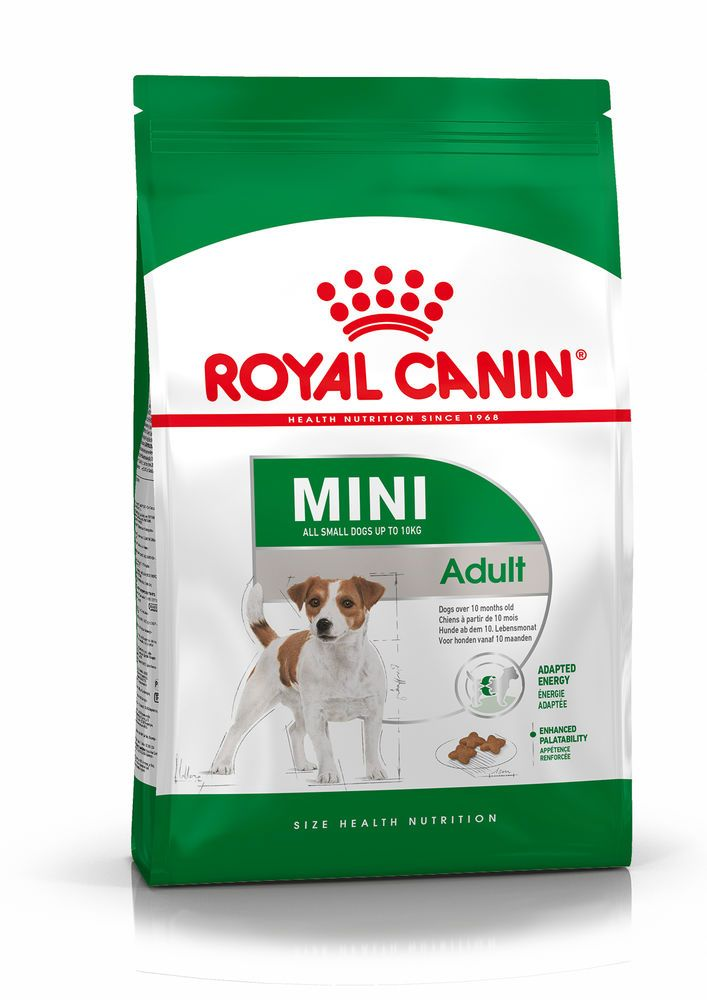
The main nutritional goals for adult Border Terriers are:
Maintaining an ideal body weight by using highly-digestible ingredients and keeping the fat content at a sensible level.
Preserving the health and beauty of the skin and coat with the enriched addition of essential fatty acids (especially EPA and DHA), essential amino acids, and B vitamins.
At adult age, small breed dogs are exposed to oral and dental disorders, more precisely, accumulation of dental plaque and tartar. The Border Terrier’s teeth and jaws need a lot of protection. A kibble shape and a texture designed to promote chewing can help in slowing down the formation of dental plaque, and a formula containing calcium chelators can help reduce tartar formation, hence helping to support daily oral hygiene. Small breed dogs are well known for being fussy eaters. Exclusive formula and flavourings, as well as a kibble size with a special texture, will stimulate their appetite. Small breed dogs are prone to urinary stones; a diet that supports a healthy urinary system is recommended.
For Border Terriers living mainly indoors, highly-digestible proteins, an appropriate fibre content, and very high-quality carbohydrate sources will help reduce faecal smell and volume. Because an indoor lifestyle often means less exercise, an adapted calorie content, which meets the reduced energy needs, and a diet that contains L-carnitine, which promotes fat metabolism, can help maintain an ideal weight. It is important to avoid feeding them human foods or fatty snacks. Instead, reward your dog with kibble taken from their daily meal allowance, and strictly follow the feeding guidelines written on the package in order to prevent excessive weight gain.

After 8 years old, Border Terriers start facing the first signs of ageing. A formula enriched with antioxidants will help maintain their vitality and an adapted phosphorus content will support their renal system. Ageing is also accompanied by the modification of digestive capacities and particular nutritional requirements, so food for older Border Terriers should have the following characteristics:
Higher vitamin C and E content. These nutrients have antioxidant properties, helping to protect the body’s cells against the harmful effects of the oxidative stress linked to ageing.
High-quality protein. Contrary to a widely held misconception, lowering the protein content in food brings little benefit in limiting kidney failure. In addition, older dogs are less efficient at using dietary protein than younger dogs. Reducing phosphorus content is a good way of slowing down the gradual deterioration of kidney function.
A higher proportion of the trace elements iron, copper, zinc, and manganese to help maintain the good condition of the skin and coat.
A higher quantity of polyunsaturated fatty acids to help maintain the quality of the coat. Dogs can normally produce these fatty acids but ageing can affect this physiological process.
As they age, dogs increasingly suffer from teeth problems. To ensure they continue to eat in sufficient quantities, the shape, size, and hardness of their kibble needs to be tailored to their jaw.
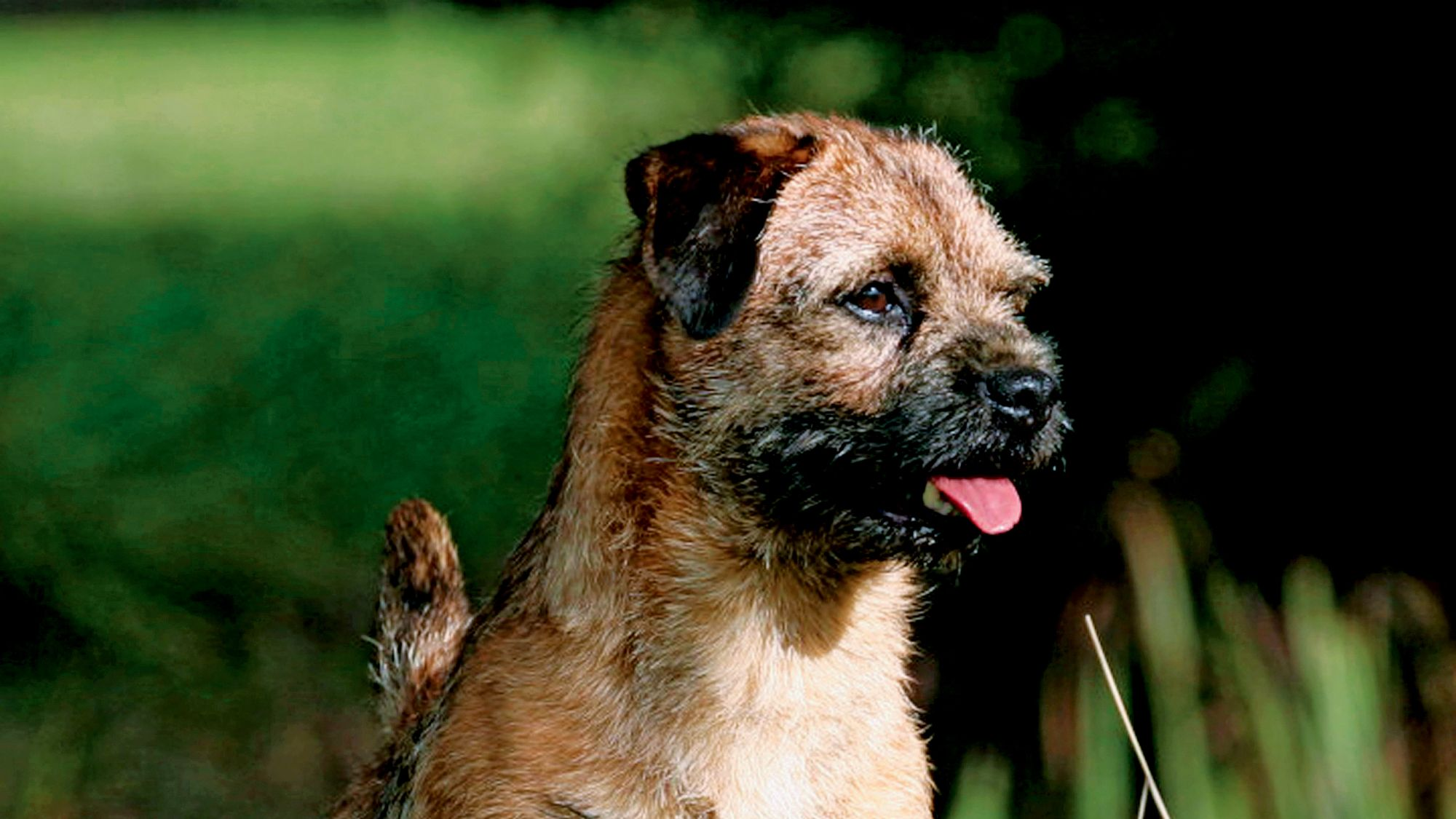
Caring for your Border Terrier
Grooming, training and exercise tips
7/7
All about Border Terriers
While not yappy per se, Border Terriers will bark to alert you to something suspicious. They can also resort to barking if left too long on their own, though we don’t recommend leaving any dog alone for extended periods of time.
For their safety, a Border Terrier should only be let off the lead when inside the home or in a securely fenced-off area. Their strong prey drive means that, should a rabbit – or the neighbour’s cat – come within sight, they will likely break into a chase.
Suggested Breeds
Read more on this topic
Sources
- Veterinary Centers of America https://vcahospitals.com/;
- Royal Canin Dog Encyclopaedia. Ed 2010 and 2020
- Banfield Pet Hospital https://www.banfield.com/
- Royal Canin BHN Product Book
- American Kennel Club https://www.akc.org/
Like & share this page